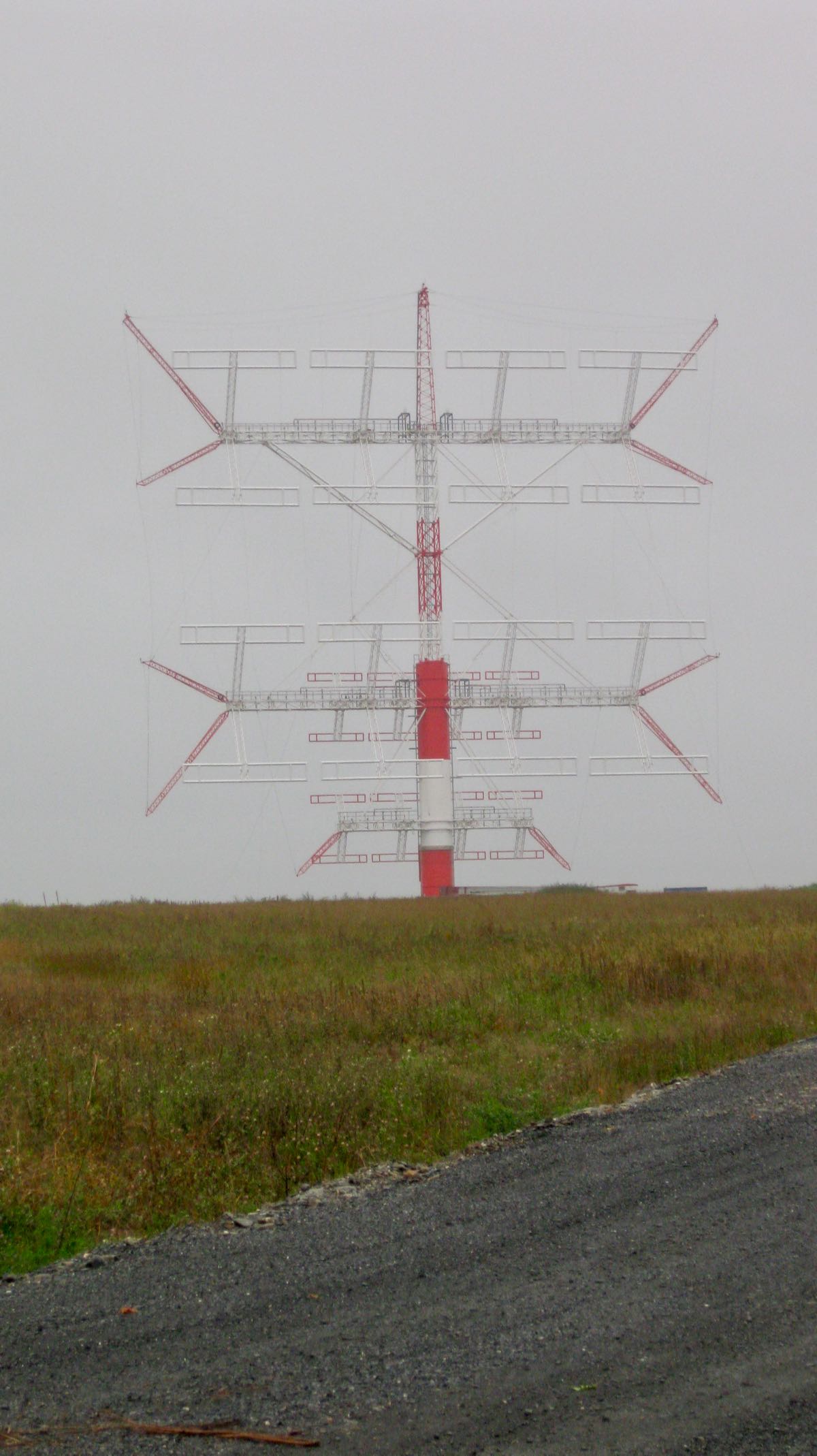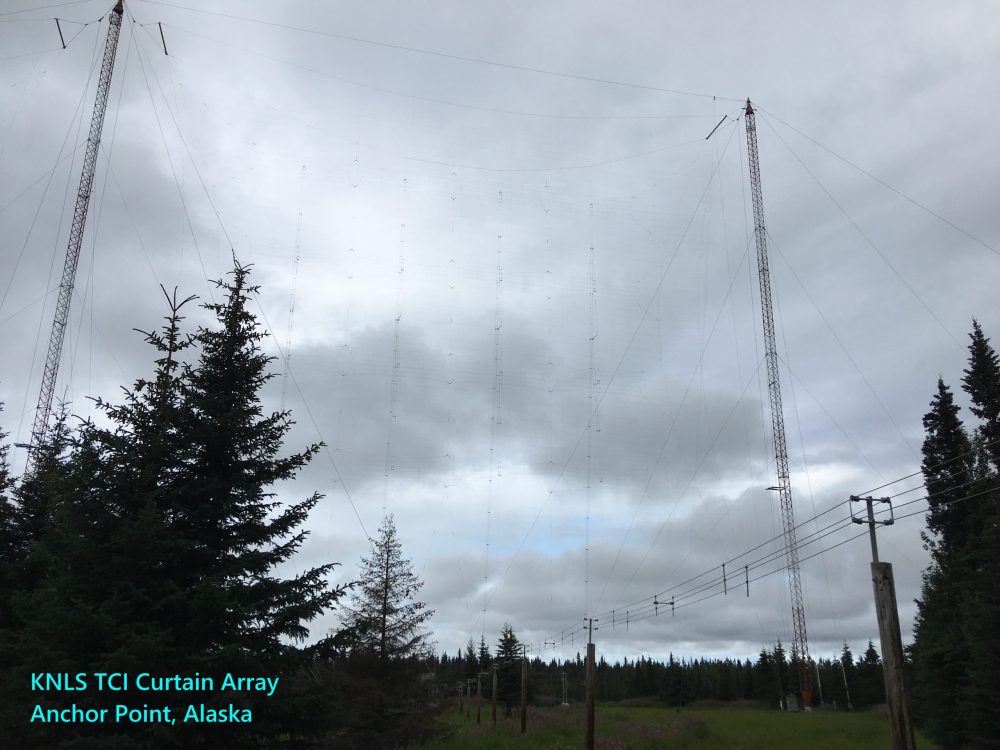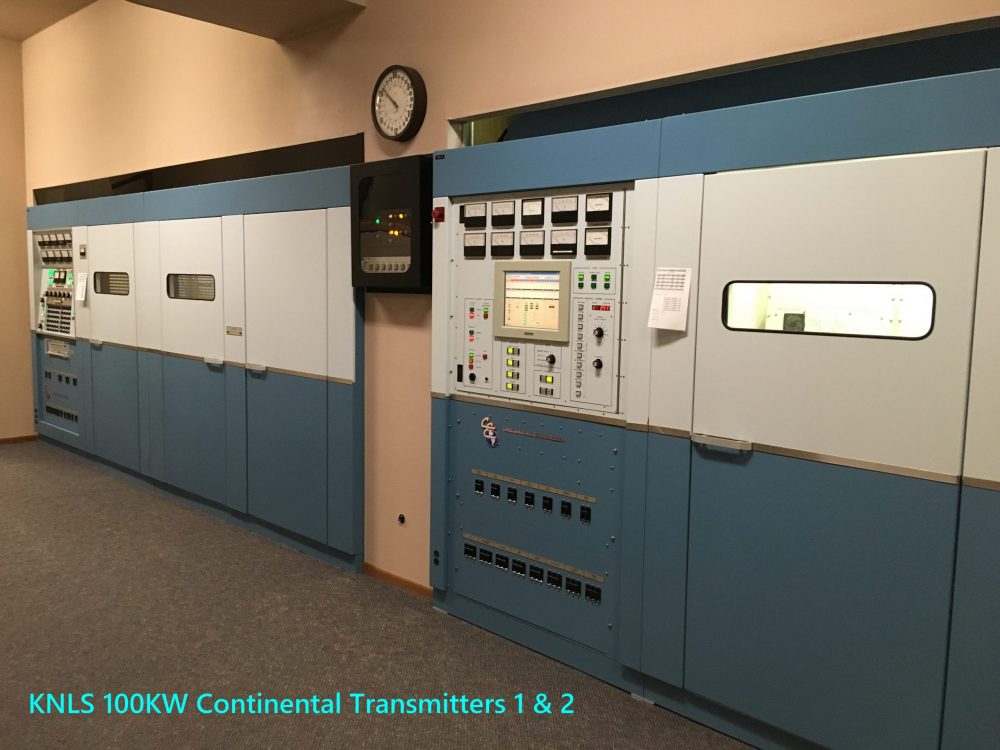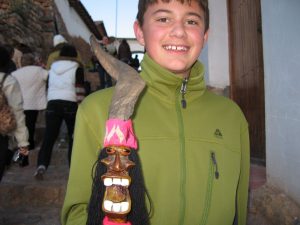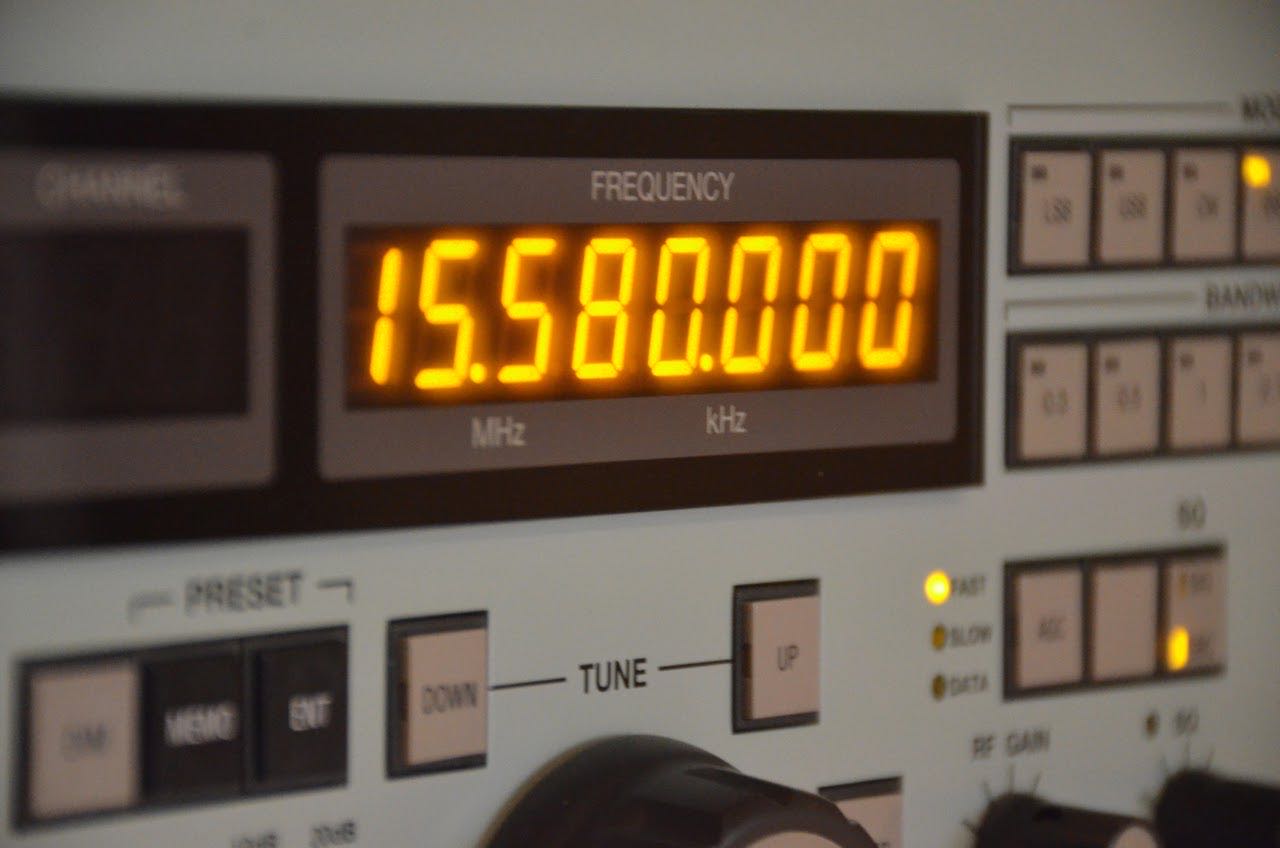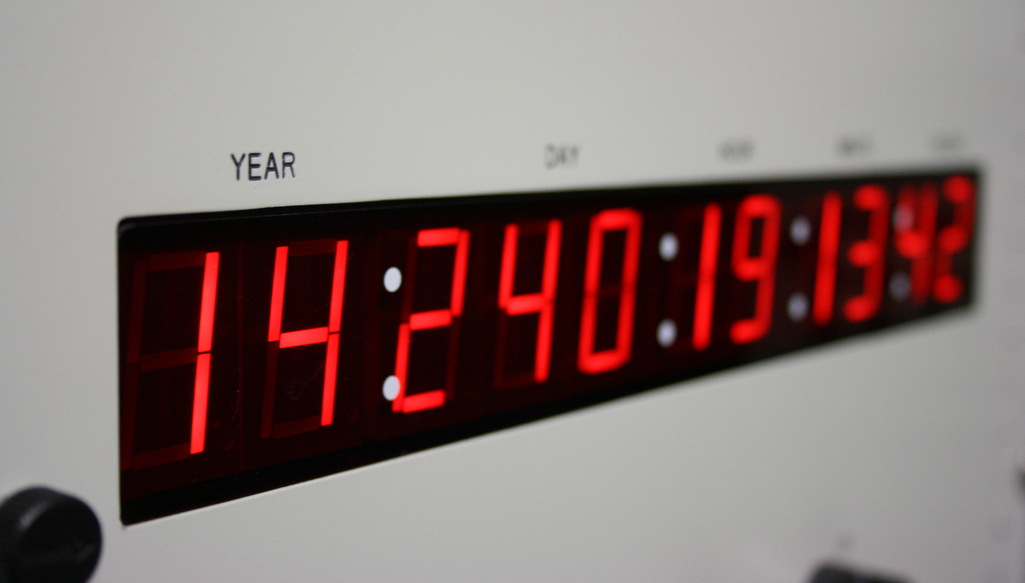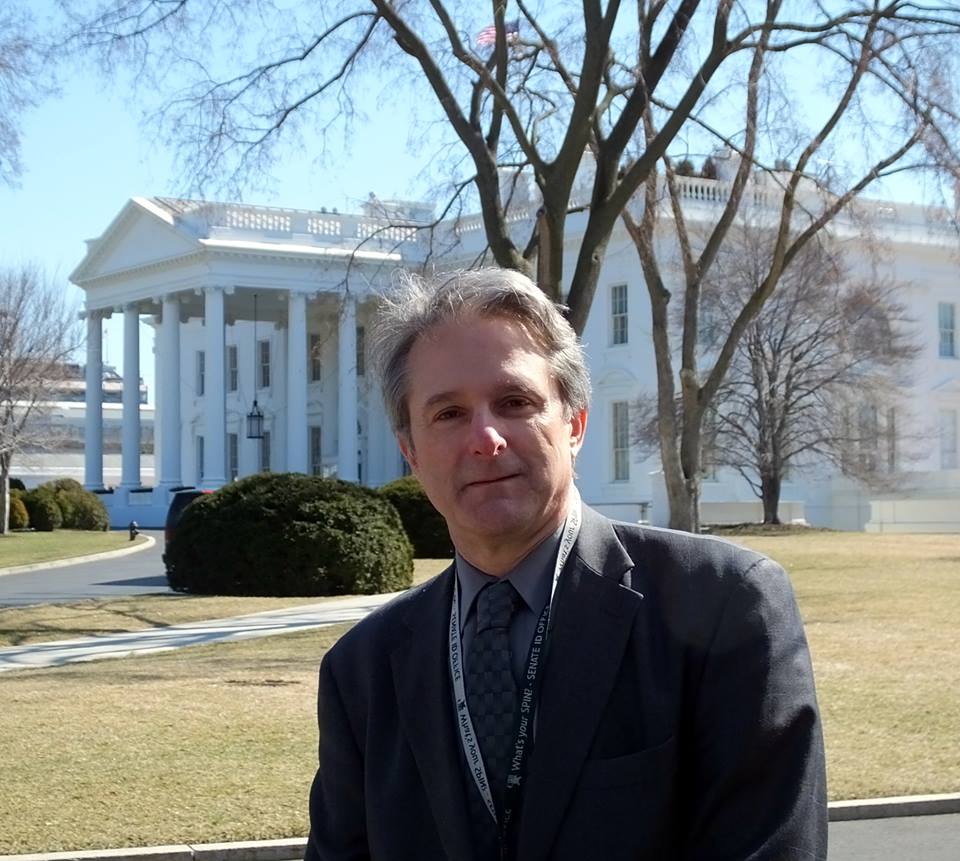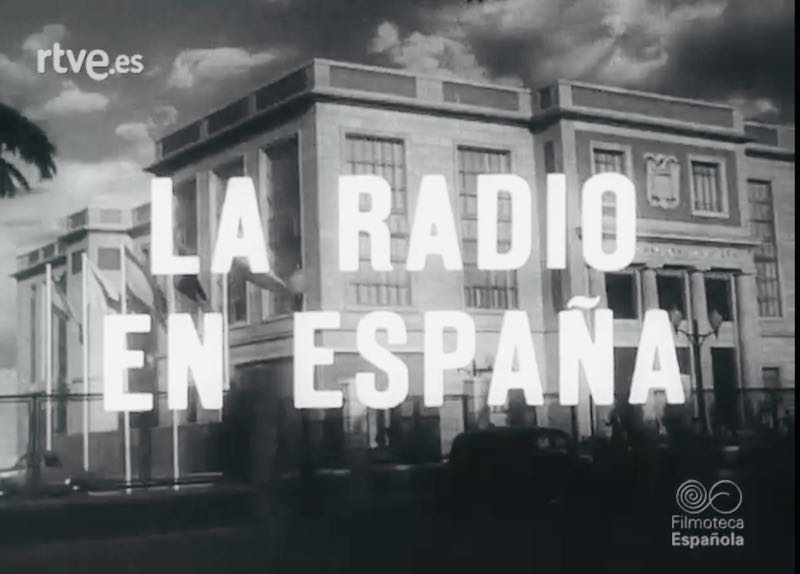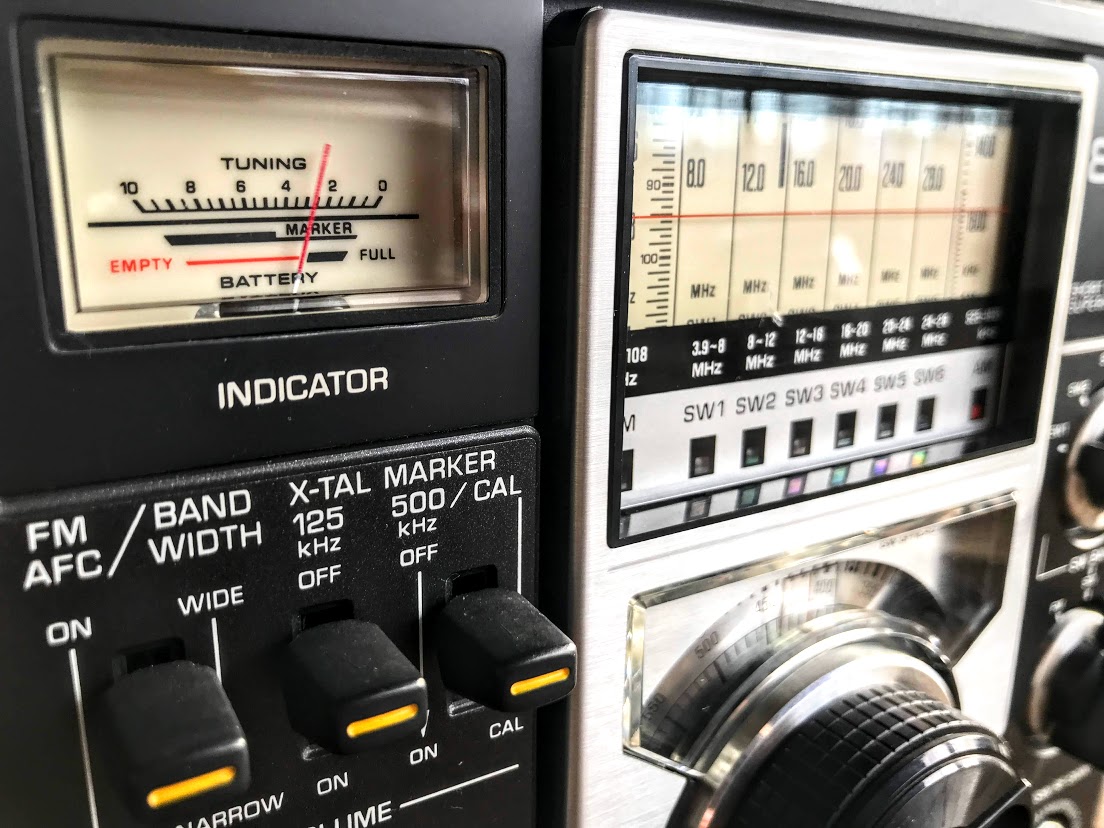
Radio Waves: Stories Making Waves in the World of Radio
Because I keep my ear to the waves, as well as receive many tips from others who do the same, I find myself privy to radio-related stories that might interest SWLing Post readers. To that end: Welcome to the SWLing Post’s Radio Waves, a collection of links to interesting stories making waves in the world of radio. Enjoy!
Many thanks to SWLing Post contributors Tracy Wood, John Figliozzi, Heath Hall and Gérard Koopal for the following tips:
The company GatesAir could invest in a digitalisation project for audiovisual media in Equatorial Guinea in the near future. The information was revealed at the audience that the Vice-President of the Republic, H. E. Teodoro Nguema Obiang Mangue, granted on Friday 7th August, at the People’s palace in Malabo, to the accredited North American Ambassador to Equatorial Guinea, Susan Stevenson.
The willingness of the United States Government was expressed at a bilateral meeting that the Vice-President held with the Ambassador, Susan Stevenson, who came to report to H. E. Teodoro Nguema Obiang Mangue about the interest of the North American company GatesAir in investing in a digitalisation project in the country.
The initiative was well received by Nguema Obiang Mangue, who declared to his interlocutor that Equatorial Guinea has its doors open to any foreign investment.
The Coronavirus pandemic which is currently affecting the whole world also occupied a page on the menu of discussions between Nguema Obiang Mangue and Susan Stevenson.
In addition to this project, Equatorial Guinea and the United States continue to form closer ties in other sectors such as Defence, Education, the Economy and Culture, among others.[…]
He helped start noncommercial stations in the 1960s and ’70s, offering an eclectic mix of music and talk. His goal: to change the world.
Lorenzo Wilson Milam, who devoted much of his life to building noncommercial radio stations with eclectic fusions of music, talk and public affairs, died on July 19 at his home in Puerto Escondido, Mexico. He was 86.
[…]Mr. Milam loathed commercial radio stations, which he saw as purveyors of mindless junk. With KRAB and about a dozen other stations that he helped start in the 1960s and ’70s, he created a freewheeling, esoteric vision of commercial-free community radio as the voice of the people it served.
He wanted his stations to have inexperienced contributors, both on and off the air. He encouraged locals to help him program the stations and contribute a few dollars to keep these shoestring operations open.[…]
RAE 100 year anniversary specials (Gérard Koopal)
I heard on RAE German that Argentina celebrates 100 years radio in Argentina on august 27th of this year.
This was announced by Rayén Braun the 4th of august on her broadcast show in German.
German listeners are asked to send in a personal message as video or mp3 to this event which will be incorporated in the special broadcast show on this matter.
She points out that more information will be found on the website of RAE. (www.rae.com.ar)
The GQRP Club has released a detailed agenda for its Online Convention 2020, taking place on Saturday 5th and Sunday 6th September.
The online event, which replaces the club’s annual GQRP convention at Telford due to current Covid-19 restrictions, is open to existing members. There is a special rate for non-members which will include GQRP Club membership until January 2022.
The two-day event comprises a series of online presentations and knowledge-sharing meetings where people can share ideas.
The packed presentation list includes:
• “Building QRP transceivers” with Hans Summers G0UPL, designer and manufacturer of the QCX QRP transceiver.
• “HF propagation and QRP” with Steve Nichols G0KYA, author and chairman of the RSGB’s Propagation Studies Committee
• “Homebrew SSB Transceivers” with Pete Juliano N6QW, co-presenter of the Soldersmoke podcast and a prolific home brewer.
• “Vector Network analysers explained and the NanoVNA” with Alan Wolke W2AEW, a professional electrical engineer who works for Tektronix.
• “Antennas for QRP” with Callum McCormick M0MCX, YouTube star and inventor and manufacturer of the DX Commander vertical antenna.
• “FT8/FT4 for the QRPer” with Anthony Luscre K8ZT, who will take a detailed look at this the fastest-growing mode in amateur radio.
There will also be range of knowledge-sharing sessions, including “Using Antenna analysers” with Heather M0HMO, “Running a QRP DxPedition” with Dom M1KTA, “Battery technology for QRP portable” with Bill G4ERV, “Omni Directional antennas” with John G8SEQ and many more.
The event costs £4 for GQRP club members. Non-members can also sign up for the event and join the GQRP club for just £10 (or £17 for international participants).
To sign up for the event just go to the Eventbrite sign-up page at: https://www.eventbrite.co.uk/e/gqrp-club-2020-online-convention-tickets-115417887007
For more information and to view the full event schedule see http://www.gqrp.com/convention.htm
Do you enjoy the SWLing Post?
Please consider supporting us via Patreon or our Coffee Fund!
Your support makes articles like this one possible. Thank you!


